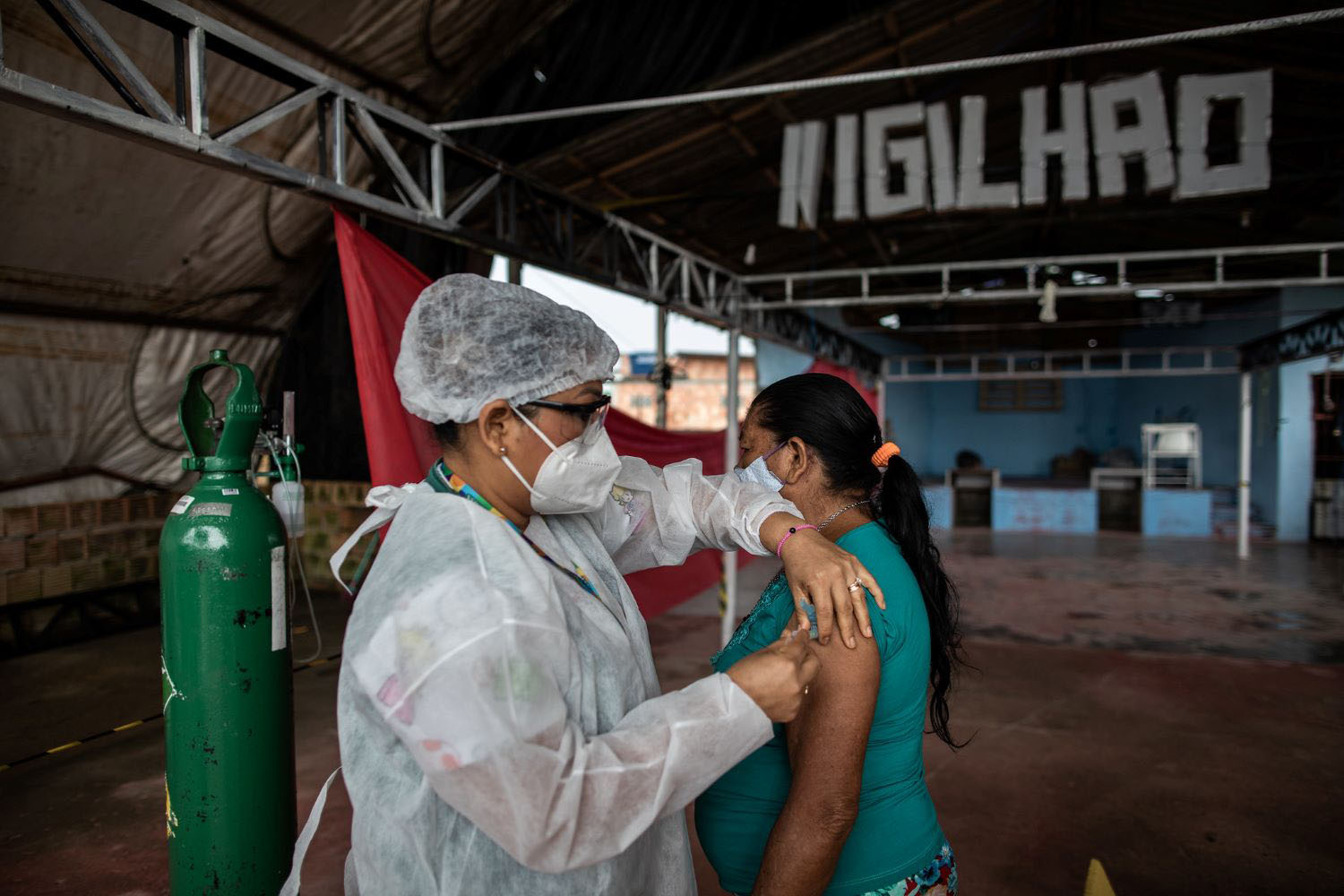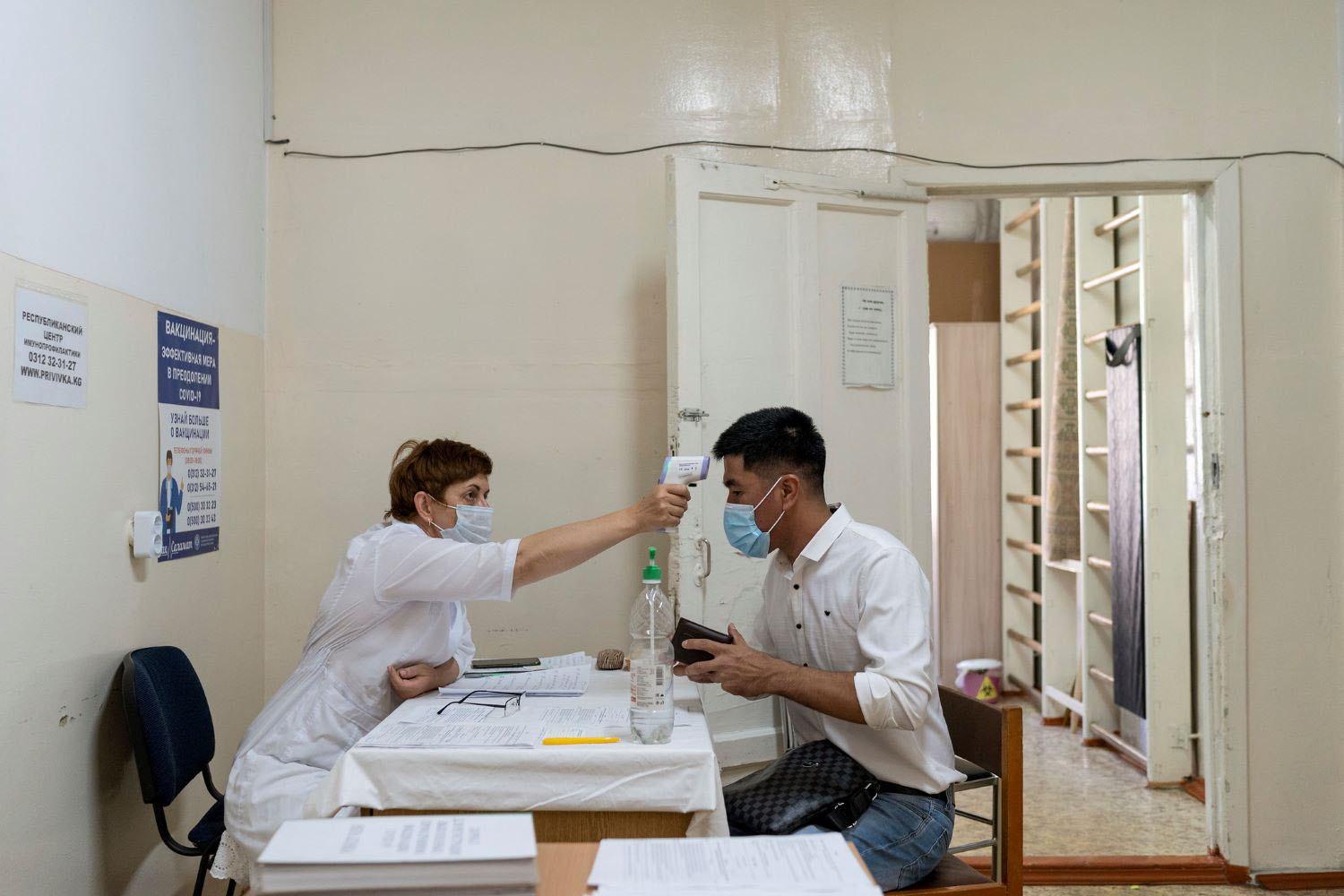Our new visiting fellow Andy Sumner has drawn attention to the fact that most of the world’s poor now live in middle-income countries, not low-income countries. As it turns out, most of the world’s unvaccinated one-year olds also live in middle-income countries, specifically the lower middle-income countries. It’s actually been this way for the past decade. Although, on average, vaccination rates are higher in the LMICs than the LICs (86% vs. 76%), the sheer numbers of unvaccinated children may explain why we see frequent vaccine-preventable disease outbreaks in LMICs and why it has been difficult to eliminate polio in some of these countries, for example. This issue requires more study and commentary than a blog post can provide, but it raises some interesting issues for the donor community. (For a bit more data, see our spreadsheet here). MICs theoretically have enough money to vaccinate all their children. Yet doing so implies difficult reallocation decisions.On the one hand, a lower price for vaccines would help; countries like Indonesia, the Philippines and China (?) could add significant economies of scale to bulk purchasing. Other LMICs like Ghana, India, Nigeria, and Pakistan are eligible for GAVI prices, so it’s not clear why the GAVI eligibility line is drawn inside the LMIC category. The difference in GDP per capita between the LMICs is small, a range of $3,000. The point here is that LMICs don’t need GAVI’s money, but they do need GAVI’s prices.On the other hand, the international community should definitely consider a different strategy in the MICs – one that can ease the difficult reallocation decisions within the health sector or between health and other sectors, and one that creates incentives for MICs to put their own money toward this essential public health function, usually a shared priority between country governments and donor agencies. Instruments like COD Aid and debt buy-downs can create these kinds of virtuous incentives.What do you think? Are MICs in or out?
This issue requires more study and commentary than a blog post can provide, but it raises some interesting issues for the donor community. (For a bit more data, see our spreadsheet here). MICs theoretically have enough money to vaccinate all their children. Yet doing so implies difficult reallocation decisions.On the one hand, a lower price for vaccines would help; countries like Indonesia, the Philippines and China (?) could add significant economies of scale to bulk purchasing. Other LMICs like Ghana, India, Nigeria, and Pakistan are eligible for GAVI prices, so it’s not clear why the GAVI eligibility line is drawn inside the LMIC category. The difference in GDP per capita between the LMICs is small, a range of $3,000. The point here is that LMICs don’t need GAVI’s money, but they do need GAVI’s prices.On the other hand, the international community should definitely consider a different strategy in the MICs – one that can ease the difficult reallocation decisions within the health sector or between health and other sectors, and one that creates incentives for MICs to put their own money toward this essential public health function, usually a shared priority between country governments and donor agencies. Instruments like COD Aid and debt buy-downs can create these kinds of virtuous incentives.What do you think? Are MICs in or out?
CGD blog posts reflect the views of the authors, drawing on prior research and experience in their areas of expertise.
CGD is a nonpartisan, independent organization and does not take institutional positions.


 This issue requires more study and commentary than a blog post can provide, but it raises some interesting issues for the donor community. (For a bit more data, see our spreadsheet
This issue requires more study and commentary than a blog post can provide, but it raises some interesting issues for the donor community. (For a bit more data, see our spreadsheet 


